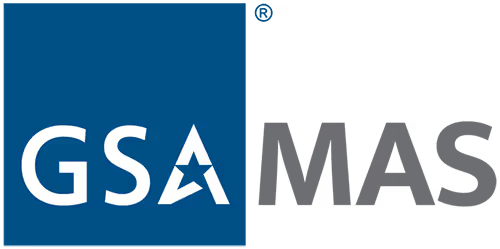
Procurement Options
Cut Yourself Free from the RFP
RFP-Free Contract Purchasing Options for K-12 School Districts
Recognizing the budgetary limitations faced by K-12 schools, ICU Technologies offers a variety of flexible financing and procurement options to make acquiring essential security solutions a smooth and achievable process. ICU Technologies is one of the only GSA/CMAS-approved partners in the Western U.S. focused exclusively on campus security in K-12 schools. Our proprietary processes are tailored to the campus environment. Learn more about our procurement and financing options, and discover how ICU can help secure your school environment without straining your budget.
ICU Technologies Provide RFP-Free Contract Purchasing Options For Schools

GSA MAS Contract Purchasing
Nationwide Efficiency for Your School's Security Needs
For schools and districts across the United States, the General Services Administration (GSA) Multiple Award Schedule (MAS) simplifies the process of acquiring essential security solutions. This pre-vetted contracting program eliminates the need for lengthy procurement procedures, allowing you to focus on getting your security system in place and safeguarding your school community.
Learn More


CMAS Contract Purchasing
A Simplified Procurement Option for California Schools
The California Multiple Award Schedule (CMAS) offers a streamlined procurement option for California schools and districts seeking to acquire ICU Technologies' advanced security solutions. This pre-approved contracting vehicle eliminates the need for a lengthy bidding process, allowing you to expedite the acquisition of essential security equipment and services.
Learn More
Financing Solutions for K-12 Schools
Equipment Financing Options for Your School's Security Needs
Understanding that upfront costs can be a hurdle, ICU Technologies is proud to partner with TEQlease Education Finance on a variety of leasing options for K-12 schools and districts. Leasing allows you to distribute the cost of essential security equipment, including both the hardware and installation labor, over a predetermined period, freeing up capital for other pressing needs while still achieving a safer learning environment for your students and staff.
Learn More
Build a Safer Campus Without Going Over Budget
Learn More About Contract Purchasing & Leasing Options
Schools count on ICU Technologies to provide financing solutions, and trust us to ensure their security technology projects are executed on time. Contact ICU Technologies to explore our flexible and innovative financing options for schools.
CALL US: (530) 488.7200
Contact Our Team